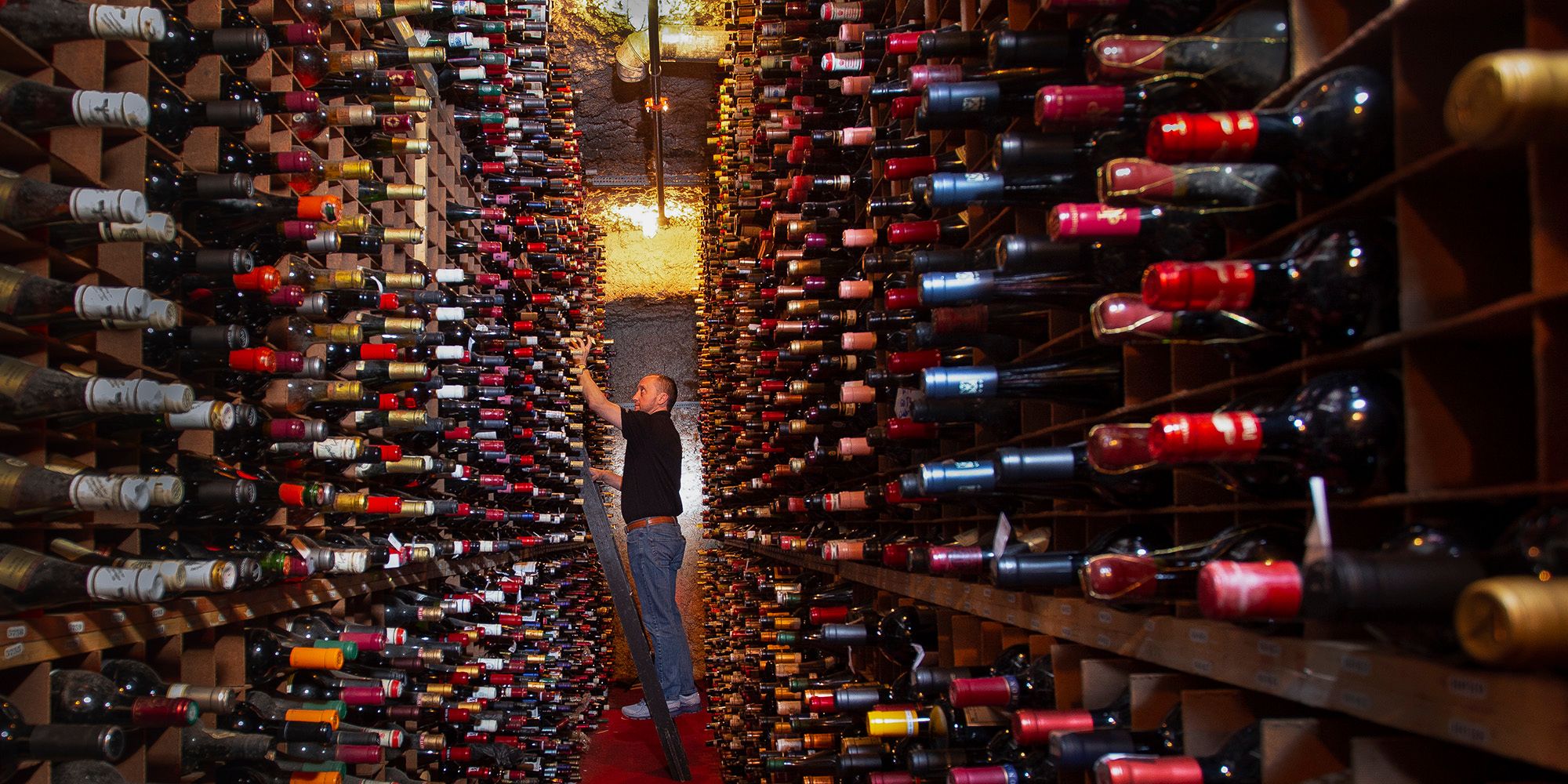Starting a wine collection doesn’t require a millionaire’s budget or a mansion’s cellar space. With strategic planning and smart purchasing decisions, wine enthusiasts can build impressive collections that grow in both value and personal satisfaction over time. The key lies in understanding that wine collecting is a marathon, not a sprint – successful collectors start small, learn continuously, and make thoughtful purchases that align with their taste preferences and lifestyle needs. Whether you’re drawn to wine as an investment opportunity, seeking convenience for entertaining guests, or simply wanting to explore the fascinating world of viticulture, budget-conscious collecting offers an accessible entry point into this rewarding hobby.
Setting Your Foundation: Budget and Goals
Before purchasing your first bottle, establish a realistic budget that you can comfortably maintain over time. Wine collecting is an ongoing investment, not a one-time purchase, so consider what you can afford monthly or quarterly rather than focusing solely on initial costs.
Clarify your collecting goals early in the process. Some collectors focus on wines for regular consumption, others build collections for entertaining guests, and many view wine as a long-term investment opportunity. Most successful collectors combine personal enjoyment with social purposes, creating versatile collections that serve multiple occasions.
Consider the 50/50 rule when planning your collection composition: approximately half should consist of ready-to-drink wines (including both young wines and aged “Blue Chip” bottles), while the remaining half should focus on wines requiring five or more years of aging. This balance ensures you always have something to enjoy while building long-term value.
Smart Shopping Strategies for Maximum Value

Timing your purchases strategically can significantly impact your budget. Autumn often brings substantial discounts as wineries clear inventory before harvest, while end-of-year sales provide additional savings opportunities. Purchasing by the case typically offers bulk discounts that reduce per-bottle costs considerably.
The “buy two” approach proves particularly effective for budget collectors: purchase two bottles of wines you enjoy – one to drink immediately and one to store. This strategy helps avoid the common mistake of buying too much wine at once while ensuring steady collection rotation.
Focus on value wines that offer exceptional quality at reasonable prices rather than chasing high-scoring trophy wines exclusively. Explore lesser-known regions and support small boutique wineries, which often produce fantastic wines at more accessible price points. Buying directly from wineries eliminates middleman costs and sometimes provides access to exclusive releases.
Building Your Collection Wisely
Start with wines you already know and love. Your foundation should primarily consist of wines you’ll regularly reach for, ensuring steady rotation and preventing bottles from expiring before consumption. As your palate develops, gradually expand into new regions, varietals, and styles.
Mix vintage and non-vintage wines to balance cost with quality. While vintage wines may offer richer complexity, non-vintage blends provide distinctive flavors at lower price points. Consider different bottle sizes as well – smaller formats like demi bottles (375ml) can provide access to premium wines at reduced costs.
Join wine clubs to enhance your palate development and gain access to curated selections. Many offer exclusive releases and educational opportunities that accelerate your wine knowledge while providing good value.
Storage and Organization Essentials
Proper storage doesn’t require expensive equipment initially. A small closet, unused basement corner, or simple DIY shelving system can suffice, provided the space maintains stable temperatures, stays away from direct sunlight, and remains vibration-free.
Organization becomes crucial as your collection grows. Develop a system that works for you, whether organizing by varietal, region, or price point. Implement a labeling system to track your inventory and monitor your budget effectively. This organization serves both practical purposes and creates an aesthetically pleasing display.
Remember that wine collecting is a journey of discovery and enjoyment. Start small, learn continuously, and let your collection evolve naturally with your developing preferences and expanding knowledge.


